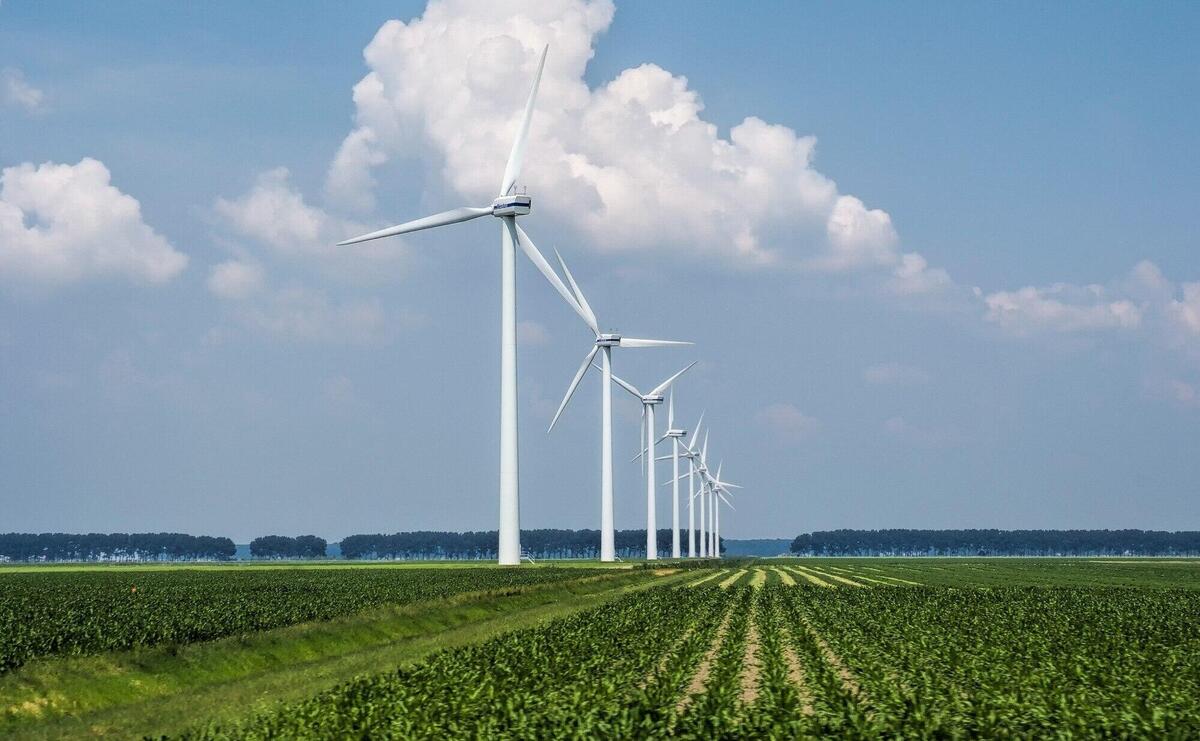Green Energy Solutions for Modern Homes: a Guide to Renewable Electricity Options

Renewable energy is a pivotal component in the journey toward sustainable development, offering an unlimited source of power that significantly diminishes our carbon footprint. The global shift to greener alternatives addresses the urgent need to combat climate change and environmental degradation. Renewable energy sources such as solar, wind, and water (hydropower) are increasingly replacing traditional fossil fuels, driven by their minimal environmental impact and infinite availability. In areas like Houston, where electricity services in Houston are rapidly evolving to accommodate cleaner energy options, the emphasis is on fostering an eco-friendly lifestyle. Companies and households alike recognize the importance of renewable energy in achieving sustainability goals. As highlighted by the International Energy Agency (IEA), renewable energy sources have expanded with remarkable growth in recent years, redefining energy markets on a global scale.
Types of Green Electricity Options
Green electricity options include solar, wind, and hydropower.
Solar energy uses photovoltaic cells to convert sunlight into electricity, reducing environmental impact and saving homeowners money.
Wind energy captures the wind's kinetic energy through turbines, which are best installed in coastal or open inland areas.
Hydropower generates electricity by converting the energy of flowing water, providing significant power for communities. This effectiveness relies on geography and water availability and may pose ecological challenges.
Emerging technologies like tidal and geothermal energy offer efficient energy generation solutions, helping diversify renewable options and promote sustainable energy systems.
Benefits of Switching to Renewable Energy
The transition to renewable energy offers considerable benefits for the environment, the economy, and society. Environmentally, renewables significantly reduce pollution and greenhouse gas emissions, which are the primary drivers of climate change. Economically, transitioning to renewable energy can lead to substantial long-term savings on energy costs and reduced reliance on expensive, finite fossil fuels.
Moreover, social benefits are evident through community-driven clean energy projects and initiatives. These efforts often result in job creation within the renewables sector, fostering economic growth while supporting more sustainable local economies. Overall, embracing renewable energy promotes a healthier planet and a more resilient and equitable society.
Challenges in Adopting Green Energy
Despite the advantages, adopting renewable energy does present challenges. The initial investment and installation costs can be high, requiring careful financial planning and time support through financing or incentives. Technical limitations, such as energy storage and grid compatibility, can also pose issues when integrating renewables into existing systems. Educating consumers about energy efficiency and renewable technologies is essential to overcoming these hurdles.
The World Economic Forum outlines additional challenges, including regulatory frameworks that may restrict renewable projects and the need for technological advancements to improve energy storage capabilities. Addressing these challenges will be crucial for broad adoption and realizing sustainable energy goals.
How to Choose the Right Energy Provider
Selecting the right energy source is crucial for successfully transitioning to renewable energy. Homeowners should thoroughly evaluate providers, assessing their reliability, transparency, and breadth of renewable options. Essential factors include customer reviews, detailed service offerings, and the company's commitment to sustainability.
Transparent pricing models and comprehensive customer support are key aspects of a reputable energy provider. Choosing a provider aligned with your environmental and energy needs ensures that your transition to renewable energy is practical and aligned with broader sustainability goals.
Practical Steps for Transitioning Your Home
Several steps can be taken to effectively transition a home to renewable energy. Start with an energy audit to assess current usage patterns and identify areas for efficiency improvements. The installation of renewable energy systems, whether solar panels, wind turbines, or other technologies, should ideally be handled by professionals to guarantee optimal performance and safety standards.
Additionally, homeowners can enhance energy efficiency by integrating smart appliances and adopting energy conservation practices. These optimizations increase the effectiveness of renewable systems and reduce overall energy consumption, yielding long-term benefits and greater sustainability.
Government Incentives and Support
Many governments offer incentives designed to ease the transition to renewable energy. These support measures may include tax credits, rebates for installation costs, and grants for energy-efficient home upgrades. Such incentives are instrumental in mitigating the financial barriers associated with initial investment costs for renewable technologies.
By understanding the landscape of available incentives, homeowners can make more informed decisions, fully capitalizing on opportunities to offset costs and contribute to environmental sustainability goals. These programs are essential in encouraging widespread adoption and supporting the development of cleaner energy solutions.
Future Trends in Renewable Energy
Renewable energy's prospects are promising, driven by continued technological advancements and increasing public awareness. Innovations such as improved battery storage solutions and hybrid energy systems pave the way for more efficient and reliable clean energy sources.
As society continues to prioritize sustainability, these trends will result in a more integrated and responsive energy grid capable of meeting diverse energy needs while minimizing environmental impact. By staying abreast of these developments, individuals can make proactive choices contributing to a more sustainable and resilient global energy landscape.